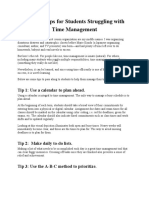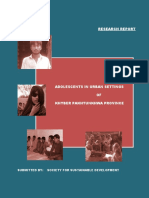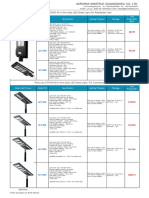0% found this document useful (0 votes)
14 views5 pagesUntitled Document
Effective time management is crucial for students to reduce stress and increase productivity. Techniques such as the Eisenhower Matrix, Pomodoro Technique, and daily/weekly planning help prioritize tasks and maintain focus. Additionally, balancing study with rest and reflecting on time usage fosters continuous improvement and personal growth.
Uploaded by
pranaligupta19Copyright
© © All Rights Reserved
We take content rights seriously. If you suspect this is your content, claim it here.
Available Formats
Download as PDF, TXT or read online on Scribd
0% found this document useful (0 votes)
14 views5 pagesUntitled Document
Effective time management is crucial for students to reduce stress and increase productivity. Techniques such as the Eisenhower Matrix, Pomodoro Technique, and daily/weekly planning help prioritize tasks and maintain focus. Additionally, balancing study with rest and reflecting on time usage fosters continuous improvement and personal growth.
Uploaded by
pranaligupta19Copyright
© © All Rights Reserved
We take content rights seriously. If you suspect this is your content, claim it here.
Available Formats
Download as PDF, TXT or read online on Scribd
/ 5






















































































